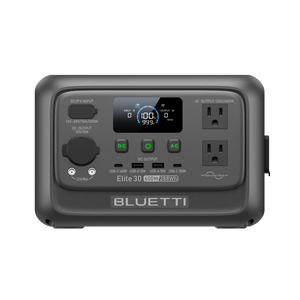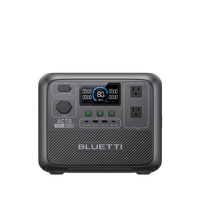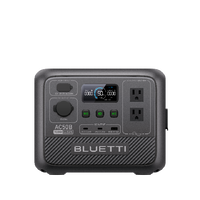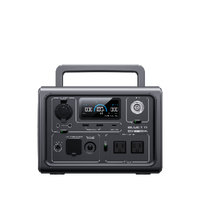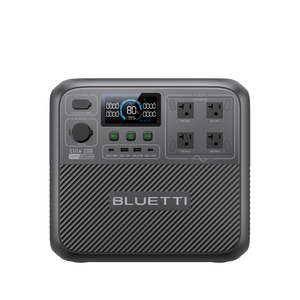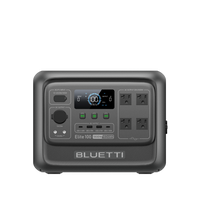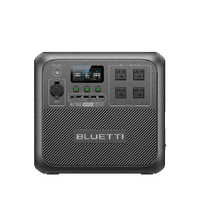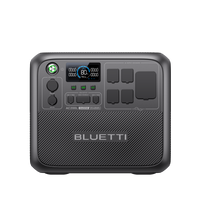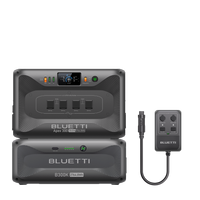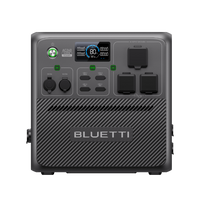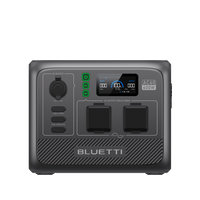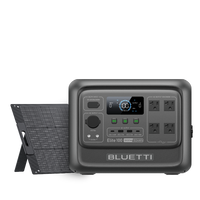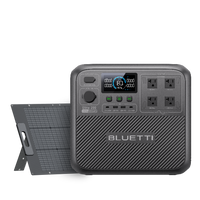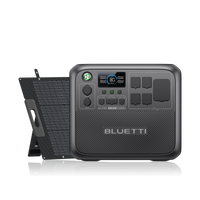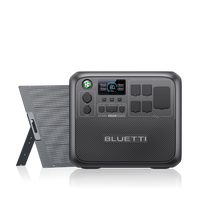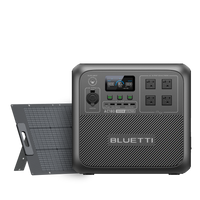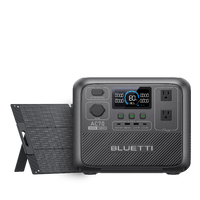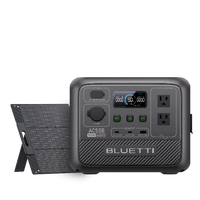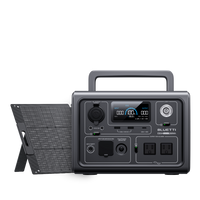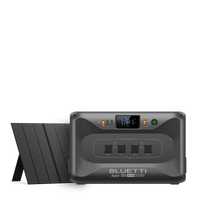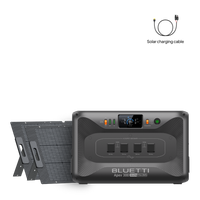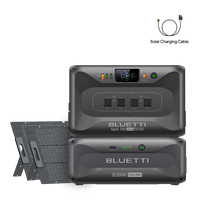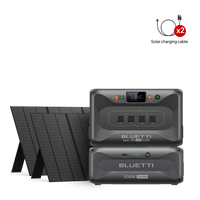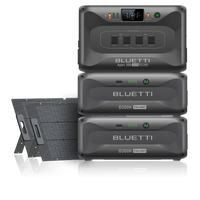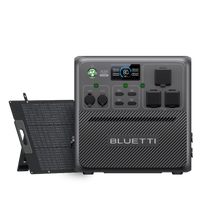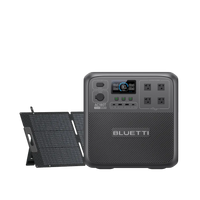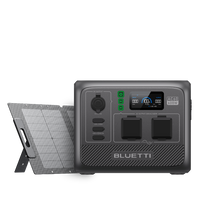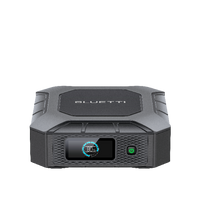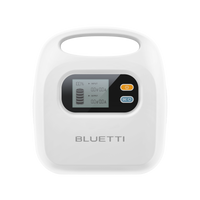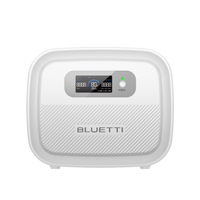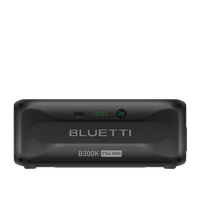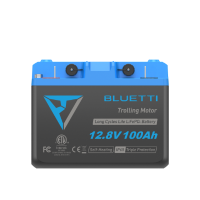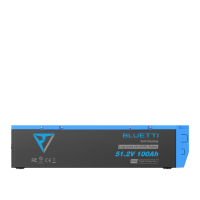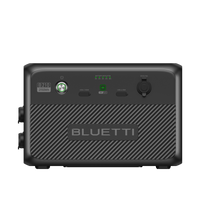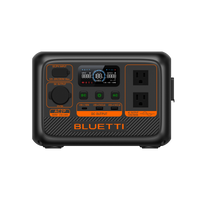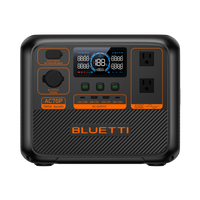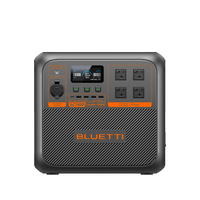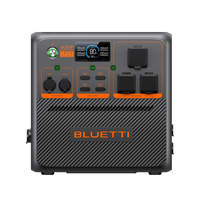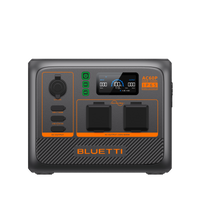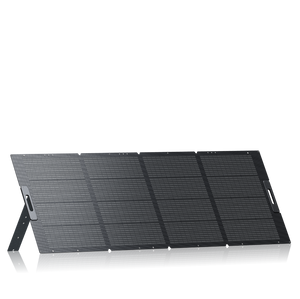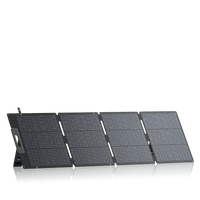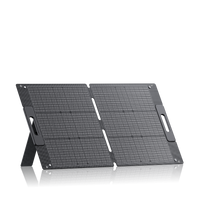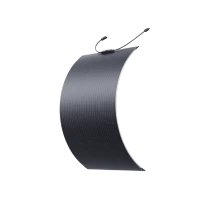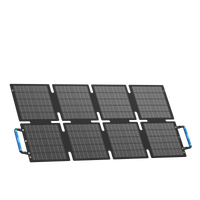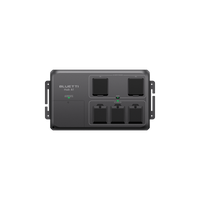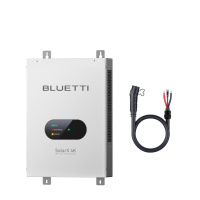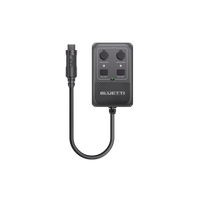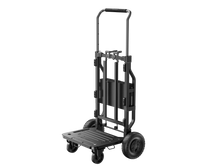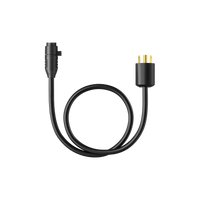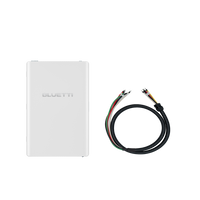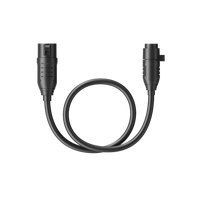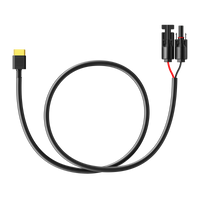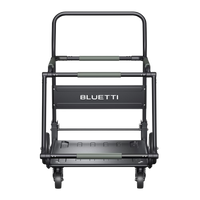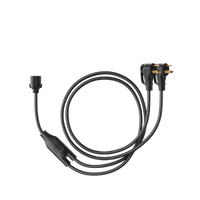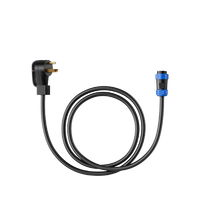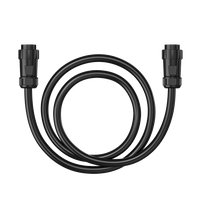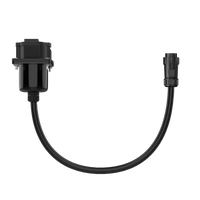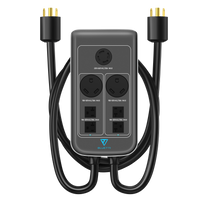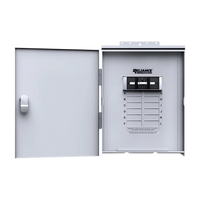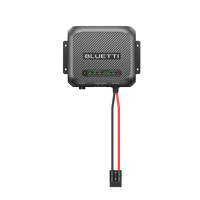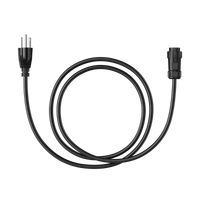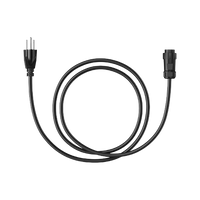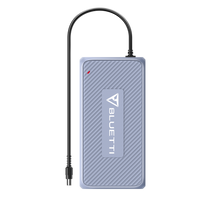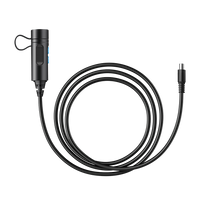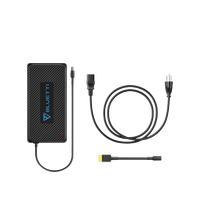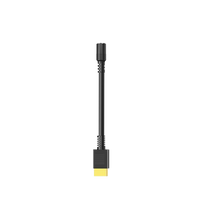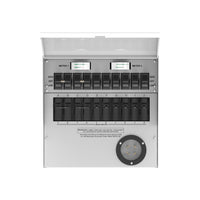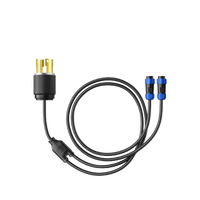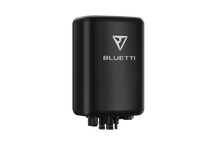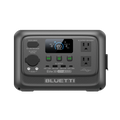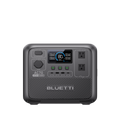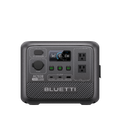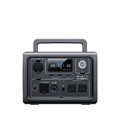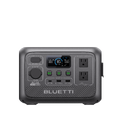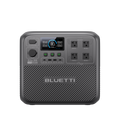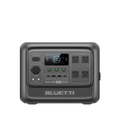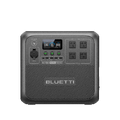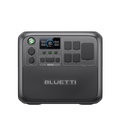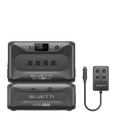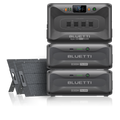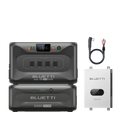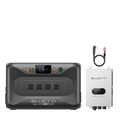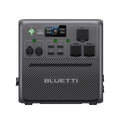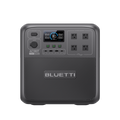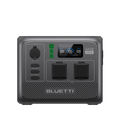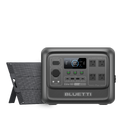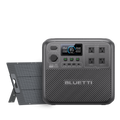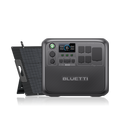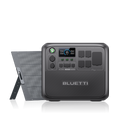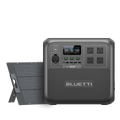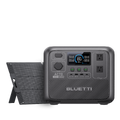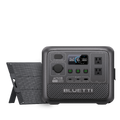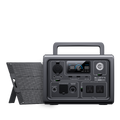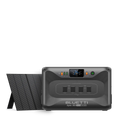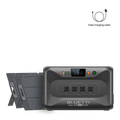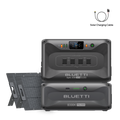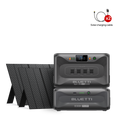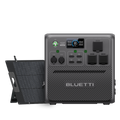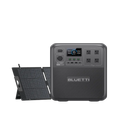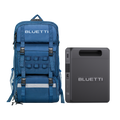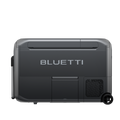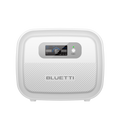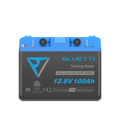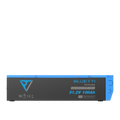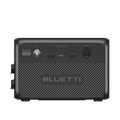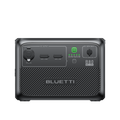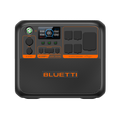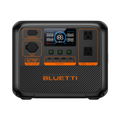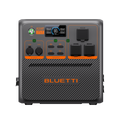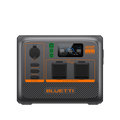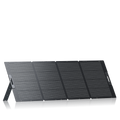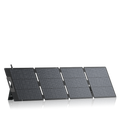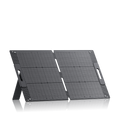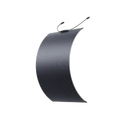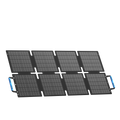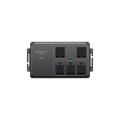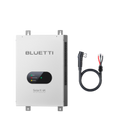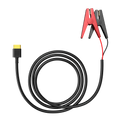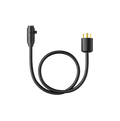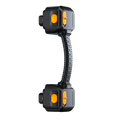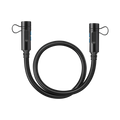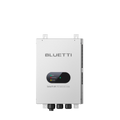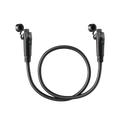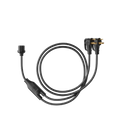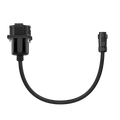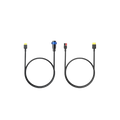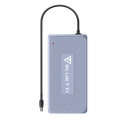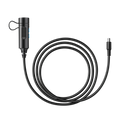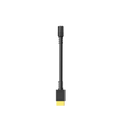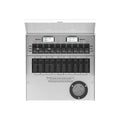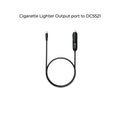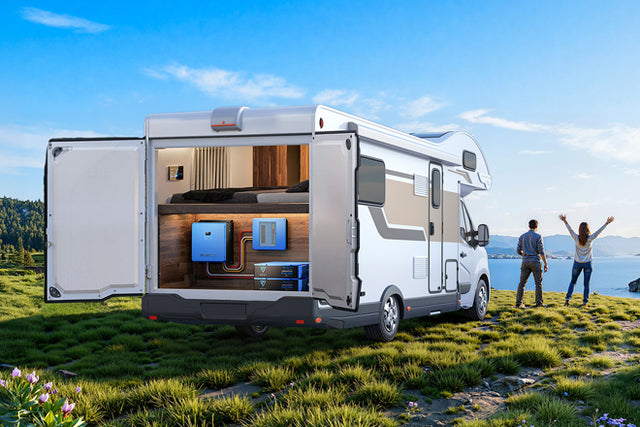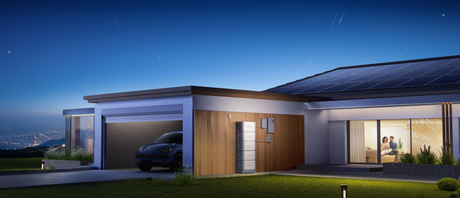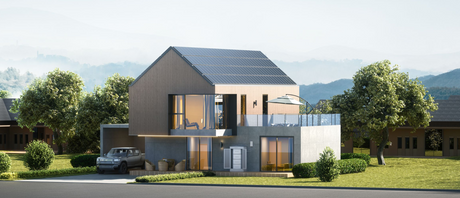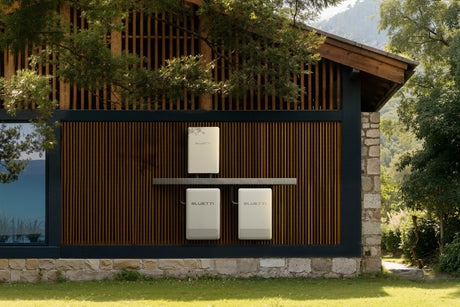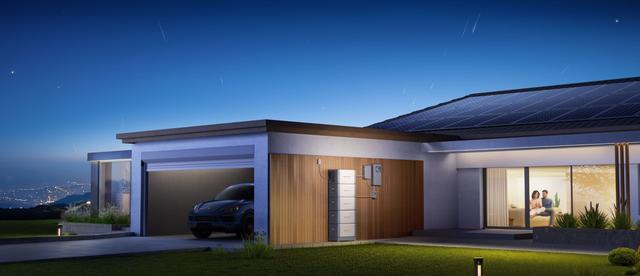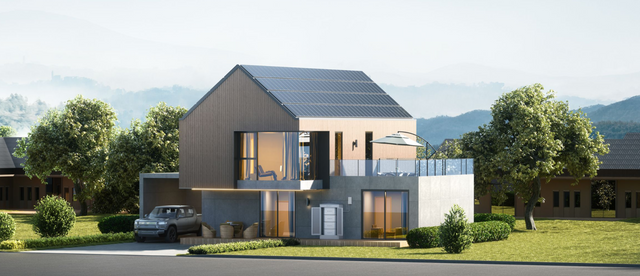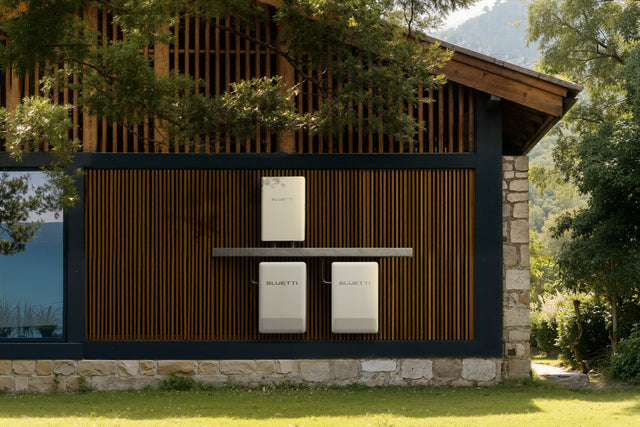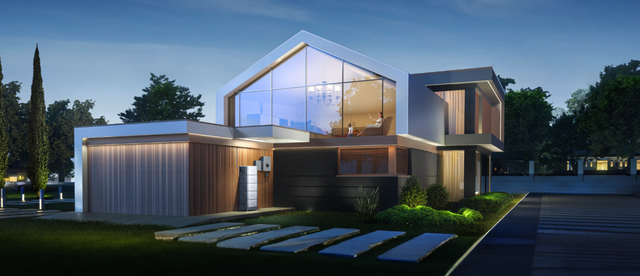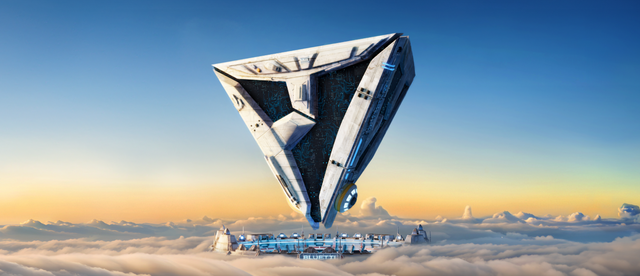Your cart is empty
Shop our productsRefrigerators are known to be colossal energy drainers, making energy bills consistently high. Although newer models are more energy-efficient, their energy consumption still adds significant amounts to electric bills.
Some homeowners now prefer using mini-fridges to reduce electricity costs, save on space, and sometimes store varying food items. Even so, you want to determine their energy consumption before investing in one, especially when using solar energy. So, how many watts does a mini fridge use? Let’s find out:
How Much Electricity Does a Mini-fridge Use?
Typically, a mini-fridge uses less electricity than most standard refrigerators. Its small size means it uses a smaller power compressor to cool the items, unlike larger refrigerators, which require bigger and more powerful compressors.
On average, a mini-fridge consumes 233-310 kWh of electricity every year, depending on design, size, usage patterns, room temperature, the model’s efficiency, room temperature, and storage capacity.
This range excludes the spike in power usage that refrigerators experience when turned on, usually 300-600 watts.
How to Calculate a Mini-fridge Electricity Consumption

It’s important to understand that there are two aspects of a refrigerator’s electricity usage- the energy consumption, measured in watt-hours or kilowatt-hours (kWh) and power usage, measured in watts.
Power usage is the rate at which a mini-fridge uses electricity. For example, when a fridge is turned on and the compressor starts running, it could use up to 70 watts of power. On the other hand, energy consumption is the amount of control a mini-fridge uses over a period, e.g., a day, a month, or a year.
Therefore, the energy consumption can be calculated as follows:
Power usage (watt/kilowatts) x duration (hours)
Example
A mini-fridge uses 75 watts of power when running, running for 10-12 hours a day. The energy consumption will be 750-900 Wh (Watt-hours) of a home’s daily energy consumption. This information is beneficial when determining the right size of the solar array, battery, generator, or other equipment to run it.
Energy consumption is also a critical metric utility companies use to calculate a home’s electricity usage monthly. However, for more accurate data, it would help to refer to the electrical specifications at the back of the fridge. You’ll look for two electrical specifications:
- The rated voltage, usually in volts
- The rated current, usually in Amps
These specifications are used to calculate a refrigerator’s power usage as follows:
Rated Power (Watts)= Rated Voltage (Volts) x Rated Current (Amps). Thus, if a fridge has a voltage of 120 V and an amperage of 1.1 A, the rated power will be 120 V x 1.1 Amps = 132 Watts.
If you’re powering your home with solar power or a generator, you must look for one that generates a continuous power rating of more than 132 watts. You must also factor in the start-up amps to determine how much energy the mini fridge needs to start. Suppose the mini fridge needs 5 amps to start; the start-up power will be:
Start-up Power (Watts) = Rated Voltage (Volts) x Start-up Current (Amps)
Start-up power (Watts) = 120 Volts x 4 Amps
Start-up Power (Watts) = 480 Watts
Thus, a solar array or generator that can power this mini-fridge must have a peak power rating of 480 watts.

The BLUETTI AC200MAX + 3*PV200, for example, is an excellent pick for powering a mini-fridge with a start-up power of 480 watts and 132 watts of running power. It has a power output of 2048 Wh and 2200 Watts of surge power, which is enough to keep your fridge running.
And if you’re powering other devices that need extra energy to get started, the unit can perk up to 4800w of surge power for a short period.
How Much Does Powering a Mini-fridge Cost?
Powering a mini-fridge costs $2.5 - $ 6.5, which is $30-$80 per year, depending on your area's electricity rates. Earlier, we mentioned that the average annual consumption of a mini-fridge is 233-310 kW so we can determine the daily energy consumption by dividing by 365 or,
Daily Energy Consumption (Watt hours) = Rated Power (Watts) x 8 hours
Thus, a mini-fridge with a rated power of 132 Watts has a daily energy consumption of:
132 x 8 = 1056 Watt-hours (Wh) and 1.012 kilowatt-hours (kWh)
If the electricity rate in your area is $0.15 per kilowatt-hour, you’ll spend $0.15 x 1.01 kWh = $0.1515 per day, $0.15 x 30 = $4.54 per month, 4.54 x12= $ 54.54 per year to run a mini-fridge.
Factors that Determine a Refrigerator’s Energy Consumption
Various factors determine the amount of electricity a refrigerator can consume. They include:
The Size
Although mini-fridges are small, they come in varying dimensions, which can increase or reduce energy consumption. This table should explain these differences:
|
Type of Fridge |
Size |
Daily Energy Consumption |
Daily Usage Duration |
Average daily use (kWh) |
|
Mini fridge |
4.4 Cubic feet |
0.55-0.85 kWh/day |
24 |
0.023-0.035 |
|
12 V Fridge |
1.7 Cubic Feet |
0.25 - 0.4 kWh/day |
24 |
0.010 - 0.017 |
|
RV fridge |
10 Cubic Feet |
1 - 1.5 kWh/day |
24 |
0.042 - 0.063 |
The figures show that mini-fridges consume less energy than standard or RV fridges.
Usage Patterns
Usage patterns determine its energy consumption. For example, if you often exceed the fridge’s load capacity, it may need to work harder to keep the food cold. Conversely, if it’s always empty, the compressor needs to work harder to replace the warm air with cold air.
You also need to check if there are faulty seals which allow cold air to seep out of the refrigerator, increasing the cost of running the unit.
The Model
The fridge model affects its energy efficiency. Mini-fridges with a bottom freezer, for example, use 16% less energy than models with side-by-side freezers. Also, units with top freezers consume 13% less energy than side-by-side models.
Buy an Energy Star-certified Fridge

You want to look for a mini-fridge with an Energy Star rating. The rating means it uses a highly efficient compressor that uses less energy and creates less heat. Also, they have better insulation, which ensures the food remains cold and equipped with defrost mechanisms that enable a refrigerator to operate efficiently.
Location
You want to be conscious about where you place the unit as it determines the energy consumption. It would help to put the unit away from heat sources like ovens, microwaves, radiators, or direct sunlight for optimal energy efficiency.
A good rule of thumb is to ensure the room temperature doesn’t exceed 70 F because a fridge uses 2.5% more energy for every degree over the normal room temperature. If the room temperature is 80 degrees, the refrigerator will use 25% more energy.
Weather
Fridges tend to consume more energy during summer than any other season of the year. Typically, energy consumption reduces during winter as the motor doesn’t work as hard as during summer.
Unit’s Age
The unit’s age can determine how much energy a mini-fridge consumes. Older units tend to consume more power than new units. A good rule of thumb is to look for mini-fridges with an Energy Star rating, as they’re designed to be more energy-efficient.
How to Minimize Energy Consumption
While mini-fridges consume less energy, you can still find ways to minimize energy consumption to reduce energy costs further. Here are some tips:
Keeping the Door Closed
When you open the door of a fridge, you increase the internal temperature, prompting the compressor to work harder to restore an optimal temperature. Keeping the doors closed conserves energy. If you must open the doors, don’t leave them so for too long. Most modern mini-fridges make a beeping sound when opened for a long time.
Ensure the Fridge is Well-ventilated
In addition to keeping a fridge away from heat sources like ovens, it’s important to ensure the area is well-ventilated. A good rule of thumb is to leave at least 5 cm of free space at the back, around the sides, and top of the fridge for adequate ventilation.
This space allows the refrigerator to release heat from the compressor; otherwise, the fridge heats up and may need to work harder and longer to keep food cold.
Organize the Food

Food organization can affect energy efficiency. It reduces the time spent looking for food and ensures the condenser doesn’t work harder to restore the temperature to the set level. Good organization also means keeping the fridge at least ⅔ full.
Such loads ensure good airflow for a more efficient operation. You must also ensure that the air vents aren’t blocked to avoid overheating, freezing, or damaging the motor.
Avoid Storing Hot Food
Hot food increases the temperature inside your mini-fridge, causing the compressor to work harder to cool it. As such, allowing foods to attain room temperature is important before storing them in a refrigerator.
Conclusion
Now that you know how many watts a mini-fridge uses, you can make a more informed decision when buying one. You will likely reduce your energy bills significantly since you only spend $30- $80 annually to power it. Also, it’s an excellent buy for people living off-grid and relying solely on solar generator kits like BLUETTI AC200MAX + 3*PV200 to power their devices.
You Might Also Like:
| Average electric bill in Florida | What size generator to run a 2,000 sq ft house | Average light bill for 1 bedroom apartment | What are rolling blackouts | Average electric bill in Texas | 1 simple trick to cut your electric bill by 90% | Best solar string lights | Is electricity cheaper at night | How many watts does a furnace use | Whole home battery backup | Grid-tied solar system | SolarCity in Albuquerque | How many amps does an electric stove use | 1 simple trick to cut your electric bill by 90% | Average electric bill in Arizona | Marvin windows cost | How much does an air conditioner cost for a 2,000 sq ft home | Georgia solar incentives | Can you charge a lithium battery with an AGM charger | What size DC to DC charger do I need|
Shop products from this article
Be the First to Know
You May Also Like
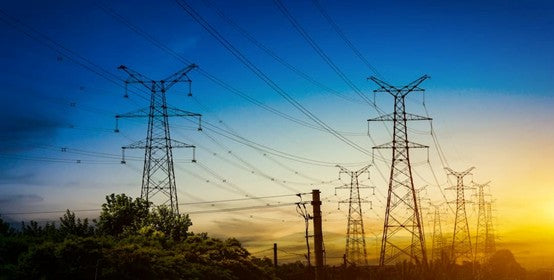
Cherokee Electric Cooperative: Bill Pay, Outage Map, and Customer Service Guide
Cherokee Electric Coop is a local electric cooperative that provides reliable energy services to its members. This article provides important information about this cooperative, such as how to pay your...
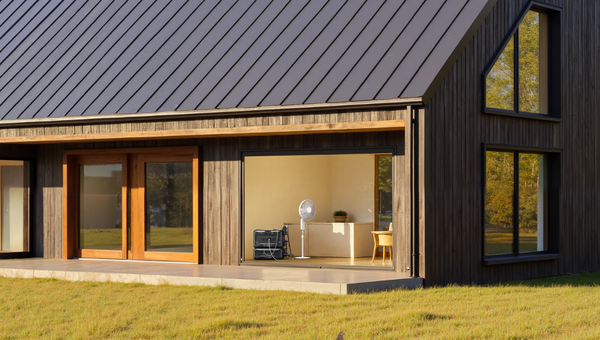
Central Florida Electric Cooperative: Pay Bill | Outage Map | Customer Service | Phone Number
This article will discuss the services offered by Central Florida Electric Cooperative and provide customers with important information about how to pay their bills, check outages maps, get customer service,...
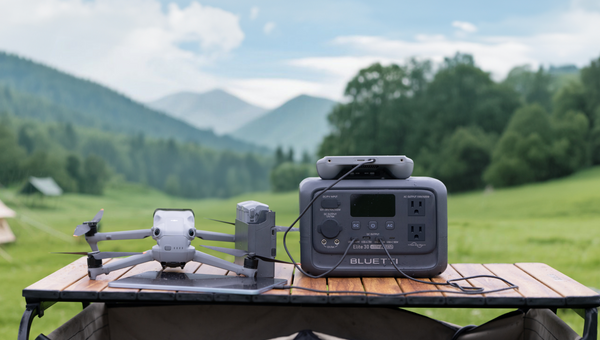
BVU Authority: Pay Bill | Check Outage Map | Customer Service | Phone Number
This article is all about providing readers with vital information about Bvu Authority, one of the leading utilities providers in the United States. We will cover topics such as how...

